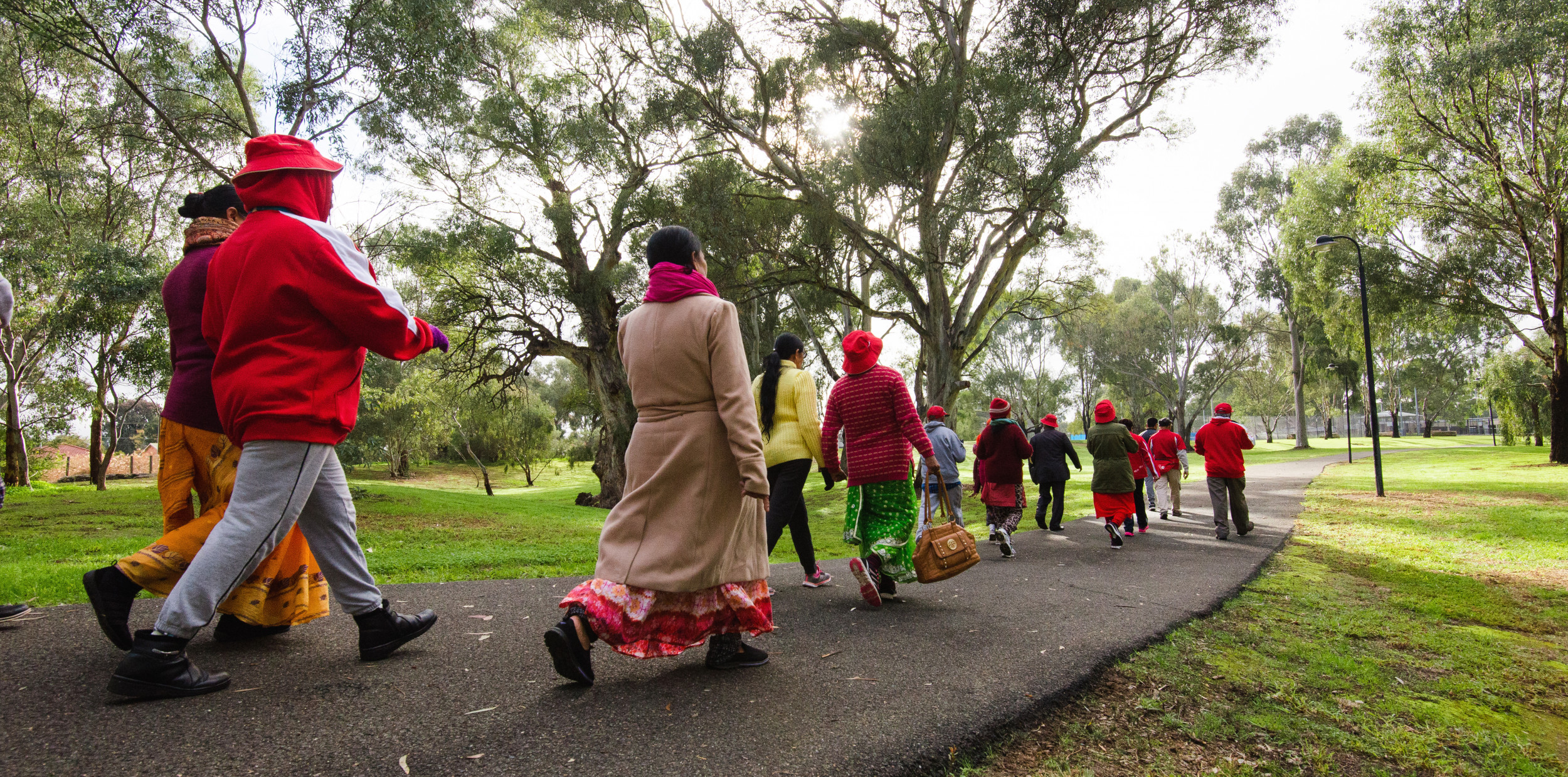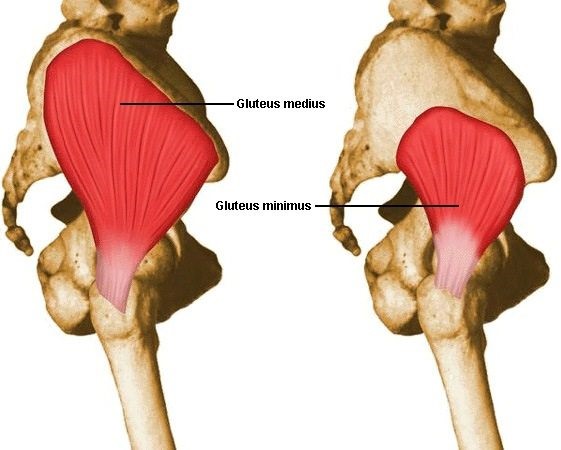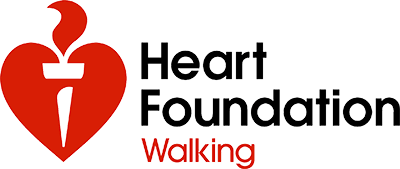
Blog
Want the latest in health and walking news? Check out our blogs below.
3 muscles getting a workout while you walk
We can all feel our leg muscles building up as we go on our walks each day – and, of course, here at the Heart Foundation we talk most about the impact of walking on our heart (technically a muscular organ). But as you walk, your body is benefitting in many different ways and your muscles are working in ways you might not expect. Here are 3 muscles which help you to walk and benefit from your daily exercise. 1. Glutes or the muscles of the buttocks
2. The back muscles

There are more muscles that we could discuss however the key message is walking is an excellent exercise to work most of your body. To get the most out of your walking and use your muscles correctly remember these walking tips:
- Walk Tall. Try not to hunch while walking and keep your spine long
- Look ahead. Keeping your eyes on the path in front of you rather than looking down will reduce the pressure on your neck.
- Gentle arm swing. Your arms should swing forward and backwards like a pendulum from the shoulders as you walk.
- Walk Softly. Aim for a soft landing as you roll from the heel onto the rest of your foot.
- Peterson K, Herbert J, Allender S, Nichols M. Australian heart disease statistics. Physical activity and cardiovascular disease. Melbourne: National Heart Foundation of Australia, 2016
- Hanson s, Jones A. “Is there evidence that walking groups have health benefits? A systematic review and meta-analysis”, Br J Sports Med 2015; 49:710–715.
- Jones O. “Walking and Gaits”, TeachMe Anatomy, available at https://teachmeanatomy.info/lower-limb/misc/walking-and-gaits/, accessed 25/06/19
- Mansfield PJ, Neumann DA, “Erector Spinae Muscles”, Science Direct, available at https://www.sciencedirect.com/topics/neuroscience/erector-spinae-muscles, accessed 25/06/19
- Ceccato J-C, de Se`ze M, Azevedo C, Cazalets J-R (2009) Comparison of Trunk Activity during Gait Initiation and Walking in Humans. PLoS ONE 4(12): e8193. doi:10.1371/journal.pone.0008193
